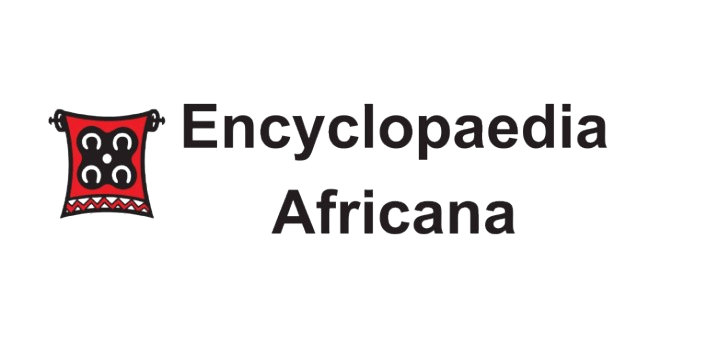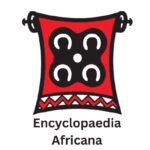THE HOGBETSOTSO FESTIVAL OF THE ANLO PEOPLE, GHANA
- 2 Min Read
Ghana has several festivals celebrated by the various ethnic groups for various reasons and at different times of the year. Hogbetsotso is one of such festivals, celebrated by the Anlo–speaking Ewes of the Volta Region to mark their escape from their wicked ruler Togbe Agorkoli.
 The festival’s name ‘Hogbetsotso’ means “the festival of exodus” or “coming from Hogbe (Notsie)” in the Ewe language. According to legend, the Ewes migrated from Southern Sudan to Notsie in central Togo, their ancestral federated region and then to their current home on the eastern coast of Ghana in the late 15th century. The Ewes initially resided in Yorubaland, close to the Benin-Nigeria border, before relocating to Notsie. The Ewes were treated so badly in Notsie by their King Agorkorli that they chose to flee in small groups.
The festival’s name ‘Hogbetsotso’ means “the festival of exodus” or “coming from Hogbe (Notsie)” in the Ewe language. According to legend, the Ewes migrated from Southern Sudan to Notsie in central Togo, their ancestral federated region and then to their current home on the eastern coast of Ghana in the late 15th century. The Ewes initially resided in Yorubaland, close to the Benin-Nigeria border, before relocating to Notsie. The Ewes were treated so badly in Notsie by their King Agorkorli that they chose to flee in small groups.
To make their escape possible, the women had to deliberately pour all their waste water on a particular portion of the mud wall that was around the town. The wall gradually became soft allowing them to create a hole in it and that was how they escaped from Togbe Agorkoli. It is believed that they had to walk backwards in order for it to make it look like they were rather going into the town and not leaving instead. And this is how the “Agbadza” dance of the people of Anlo came about.
There are many ceremonies associated with the Hogbetsotso festival. These include a peace-making period where all outstanding problems are addressed. There is also the purification ceremony of the traditional stool and a period of general cleaning when the villages are swept and rubbish burnt.
An essential aspect of the festival is a durbar of chiefs and the people. The Chiefs dress in very colouful regalia and sit in state to receive homage from their subjects. Dancing, singing and general merry-making go on throughout the festival. The festival brings people from far and near. The main durbar always take place on the first Saturday of November in Anloga, the traditional home of the Anlo–speaking Ewes of the Volta Region.

